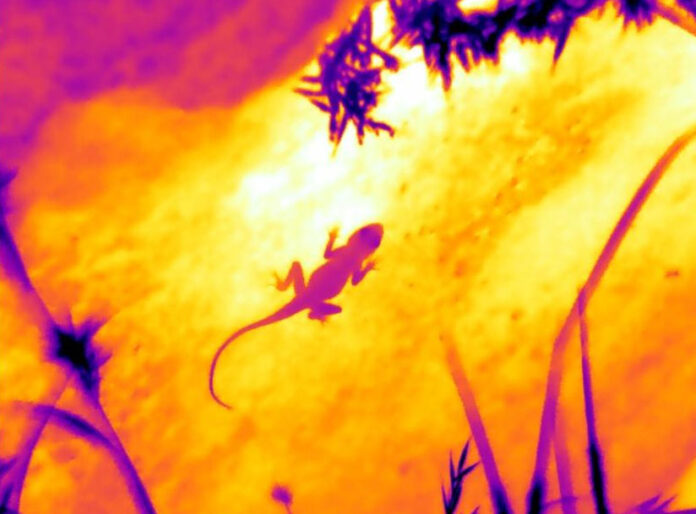New Delhi, Jan 29: Sleep serves fundamental needs. When an animal sleeps, the brain sorts and categorises memories, and restores its energy. Urban habitats, however, can hamper an animal’s sleep quality and patterns due to higher temperatures, the presence of man-made structures like walls and buildings, and artificial light at night.
Humans adapt to unusual conditions by taking recourse to tools such as air conditioners when it is too hot, or thick blankets if it is too cold or earbuds in noisy environments or sleep masks to provide for darkness while sleeping in places that are lit. But animals cannot do so. So, how do they manage?
A team of scientists at the Indian Institute of Science (IISc), Bengaluru, has conducted a study to understand this. As Associate Professor at the Centre for Ecological Sciences (CES) at the Institute and senior author of the study, Maria Thaker explains, “The world is changing, and it is going to continue to change. So, if we know what it is that [other organisms] require to live here, then we can make some choices of our own to help keep them here.”
They conducted the study on peninsular rock agamas, a lizard very common in south India. They compared the sleep sites of the lizards in Bengaluru and some rural habitats to look for differences in the types of surfaces they were sleeping on, the extent of cover, temperature, and amount of light received.
In the rural areas, they scanned rocks, boulders, the ground, and shrubs to look for sleeping lizards. In Bengaluru, they explored people’s backyards, because these lizards occupy empty lots or undeveloped plots.
The study, however, encountered some practical problems. “Poking around in neighbourhoods at night with headlights and fancy camera equipment often drew a lot of attention from people and the police, and the team had to explain what they were doing to the public on several occasions”, notes Nitya Mohanty, first author of the study.
The team found that the lizards were more likely to sleep on rough concrete blocks as they resembled their rocky sleep sites in the wild. The temperatures of both urban and rural sleep sites were also found to be similar. Urban sleep sites, however, were nine times more likely to be sheltered and covered as compared to rural sites, and this helped address the light problem in urban areas. This indicates that the lizards try to mitigate urban stressors by being flexible in their sleep site choices and end up picking sites that resemble their rural sites.
The study team has published a report on their findings in the science journal, Behavioral Ecology and Sociobiology. (India Science Wire)























